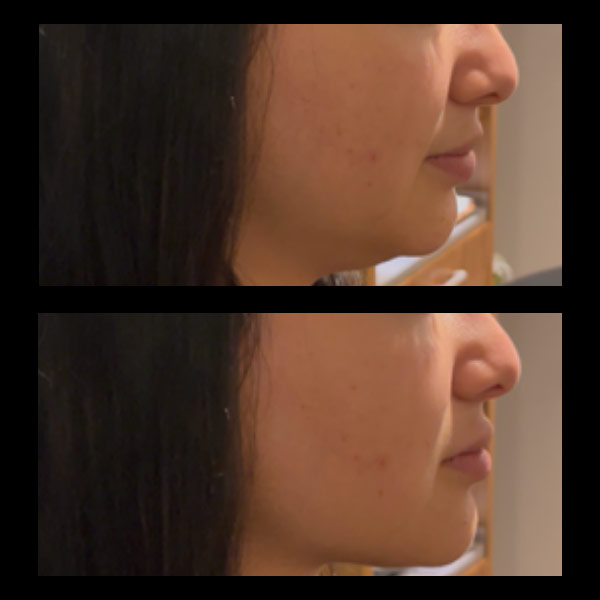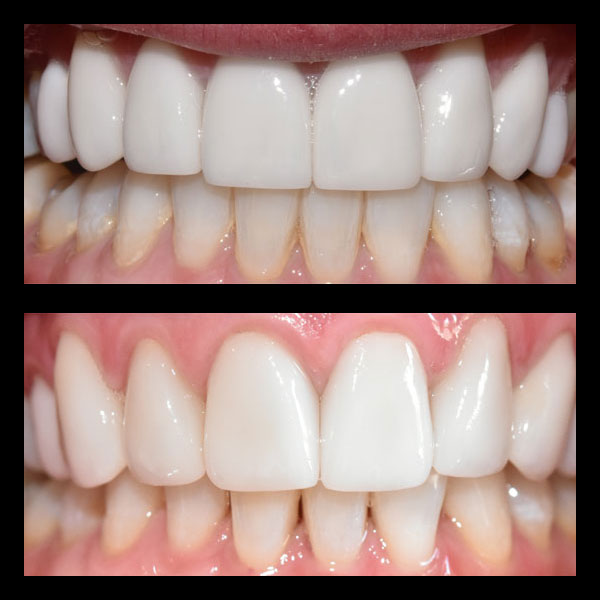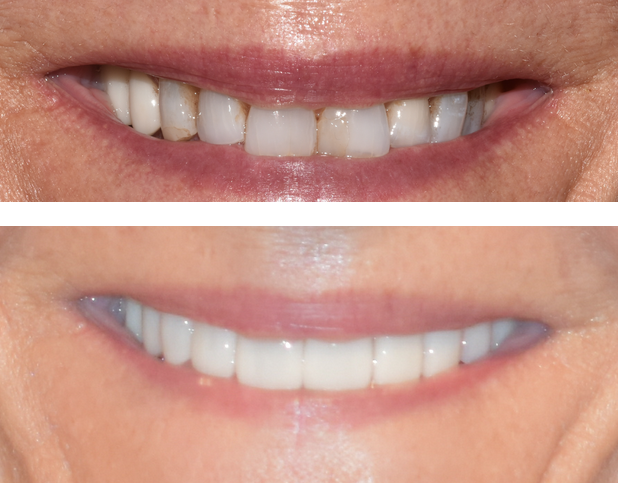Understanding Neuromuscular Dentistry
Okay, let’s talk about something that sounds fancy but is actually incredibly relevant for anyone who’s ever felt that nagging jaw ache, mysterious headache, or even neck and shoulder tension they just can’t shake. It’s called neuromuscular dentistry, and honestly, after doing this for over a decade, I’ve seen it make a world of difference for people who thought they just had to “live with” discomfort.
So, what is it? Think of it this way: traditional dentistry often focuses, quite rightly, on the teeth and gums themselves. Fixing cavities, straightening teeth, dealing with gum disease – all crucial stuff. But neuromuscular dentistry takes a step back and looks at the bigger picture. It considers the intricate system of muscles, nerves, and joints (hello, TMJ!) that allow you to chew, speak, and, well, live. It operates on the principle that if this system isn’t working in harmony, you’re going to feel it somewhere, often as pain or dysfunction.
The core idea is to find the most relaxed and optimal position for your jaw muscles. When your bite (how your teeth come together) forces your muscles into an unnatural or strained position, things start to go haywire. This is where those physiologic techniques come in. It’s about understanding the body’s natural systems and working *with* them, not just patching up the results of an underlying imbalance. Here in Spring 2025, we’re seeing a huge upswing in patients seeking more holistic approaches, wanting treatments that address root causes, not just mask symptoms. It’s a more integrated way of thinking about dental health, connecting the dots between your bite, your muscles, and your overall well-being.
This shift towards a more precise, muscle-focused approach isn’t just a fleeting trend; it reflects decades of understanding how interconnected everything in the head and neck really is. For practices like Incredible Smiles, right here in Boulder, Colorado, embracing this philosophy isn’t new. With over 30 years under their belts, they’ve long recognized that a truly healthy smile is also a comfortable, functional one. They’ve paved the way by integrating these advanced concepts into their daily practice, helping countless patients find relief they didn’t think was possible through dentistry.
The Science Behind Physiologic Techniques and Pain Relief
Alright, let’s get a little bit more into the “how” without making your eyes glaze over. These physiologic techniques – that’s the technical term for the methods used in neuromuscular dentistry – are really about listening to your body. Specifically, listening to your muscles.
The main goal is to pinpoint your jaw’s ideal resting position, where the muscles are truly relaxed and not under strain. Think about holding a heavy bag in one position for too long – eventually, your muscles scream, right? A similar thing can happen, subtly, day in and day out, if your bite forces your jaw muscles into an awkward spot. Over time, this chronic tension can lead to all sorts of trouble: headaches (especially tension headaches or migraines), jaw joint pain (TMJ/TMD), clicking or popping sounds, worn-down teeth from grinding, neck and shoulder pain, even tingling in the fingertips for some folks. It’s wild how far the effects can radiate.
So how do dentists figure out this “happy place” for your jaw? They often use specialized, but gentle, technology. Things like a Myomonitor (a mild TENS unit) can help relax the jaw muscles, letting go of that habitual, tense posture. Then, sophisticated computer tracking might be used to observe exactly how your jaw wants to move when it’s not being forced by your current bite. Electromyography (EMG) can measure the electrical activity in the muscles, confirming when they are truly at rest. It sounds high-tech, and it is, but it’s all aimed at understanding your unique physiology.
Once that optimal muscle position is identified, the relationship between jaw muscle balance, bite function, and long-term comfort becomes crystal clear. The next step is figuring out how to make your bite match that relaxed position. This might involve creating a custom orthotic (like a specialized mouthguard, but way more precise) that guides your jaw into its comfortable spot. For some, it might mean adjustments to existing teeth or carefully planned restorations like crowns or veneers, all designed to support that harmonious bite-muscle relationship. The beauty of it is that by addressing the root cause – the muscle strain – the pain often melts away, and dental function actually improves. You’re not just getting relief; you’re getting a system that works better and is less likely to cause problems down the road. It’s truly about finding that equilibrium.
Incredible Smiles’ Holistic Approach to Dental Wellness
Now, let’s chat about how all this science and philosophy comes together in a real-world setting, specifically at Incredible Smiles here in Boulder. These guys aren’t just *talking* about holistic, advanced dentistry; they’re *living* it. And trust me, after seeing countless dental offices over the years, you can tell when a practice truly walks the walk.
One thing that really stands out is their seamless integration of cutting-edge technology. We’re talking things like 3D cone beam imaging (CBCT). This isn’t your standard dental X-ray; it gives an incredibly detailed, three-dimensional view of your teeth, jawbone, joints, and even airways. For neuromuscular issues, this is gold. It helps visualize the structures involved with precision, aiding in diagnosis and treatment planning. They also utilize dental lasers for various procedures, which can often mean less discomfort and faster healing – always a plus! And digital scanning? Forget those goopy impression trays of yesteryear (thank goodness!). Digital scanners create highly accurate 3D models of your mouth quickly and comfortably, which is essential for crafting those precise orthotics or restorations needed in neuromuscular treatments. It’s 2025, and this level of tech is becoming the standard for top-tier care, making treatments more predictable and patient-friendly.
But tech is only part of the equation. Incredible Smiles genuinely embraces a holistic viewpoint. Their services directly reflect this commitment. Take their TMJ Treatment and Bite Optimization – these aren’t just add-ons; they are core offerings designed specifically to address the complex interplay of jaw joints, muscles, and teeth. They understand that fixing a symptom without understanding the underlying neuromuscular cause is often just a temporary fix. Their approach aims for long-term stability and comfort.
And who’s steering the ship? Highly skilled dentists like Dr. Priya Uppal and Dr. Lori Kemmet lead the team. Their expertise isn’t just in drilling and filling; it’s in understanding facial physiology, aesthetics, and function on a deeper level. They bring that crucial blend of scientific knowledge and an artistic eye, essential for creating smiles that are not only pain-free and functional but also look naturally beautiful. They take the time to provide personalized care, recognizing that every patient’s neuromuscular map is unique.
Let’s be real, too – visiting the dentist isn’t usually on anyone’s list of favorite activities. Incredible Smiles gets this. They’ve consciously created a spa-like environment. It sounds a bit fluffy, maybe, but it genuinely makes a difference. Feeling relaxed instead of anxious helps everything, including getting accurate readings for neuromuscular diagnostics (tense patients make for tense muscles!). It fits perfectly with their holistic philosophy – treating the whole person, not just their teeth, and recognizing that emotional comfort plays a role in physical well-being.
Achieving Lasting Pain-Free Smiles in Boulder, Colorado
So, you’re living in or near Boulder, you’ve been dealing with some kind of persistent jaw discomfort, headaches, or weird clicking sounds, and this neuromuscular stuff sounds like it might actually *work*. What’s the journey like at a place like Incredible Smiles?
It typically starts with a pretty thorough consultation. This isn’t just a quick peek in your mouth. Expect to talk about your symptoms in detail – when they started, what makes them better or worse, your overall health history. They need the full story. Then comes the diagnostic phase, utilizing that cool tech we talked about – maybe the 3D imaging, muscle relaxation with the TENS unit, and jaw tracking. It’s all about gathering precise data to understand *your* specific situation. No guesswork allowed.
Based on these findings, they’ll develop a personalized treatment plan. This is key. Neuromuscular dentistry isn’t a cookie-cutter approach. Your plan might involve an orthotic you wear for a period to stabilize your bite in the comfortable position. It could involve bite adjustments (coronoplasty), or perhaps coordinating with other treatments like Invisalign if alignment is a major factor. In some cases, rebuilding worn teeth with crowns or bonding might be part of achieving that ideal bite. It’s tailored, strategic, and focused on lasting results.
The benefits? Well, the big one is pretty obvious: relief from pain. Imagine waking up without that morning headache or being able to chew comfortably again. It’s life-changing for many people. But often, there are other perks. Better sleep (sometimes bite issues contribute to things like snoring or even sleep apnea, which they can also address with sleep apnea solutions!), reduced muscle tension in the neck and shoulders, and sometimes even improved posture. And because a balanced bite often looks more harmonious, aesthetic improvements can be a happy side effect.
Living in Boulder gives you fantastic access to this level of care. Incredible Smiles has truly established itself as a center for this type of advanced, holistic dentistry. They understand the local community’s focus on wellness and provide treatments that align with that ethos.
Ready to explore if this approach could be right for you? It’s easier than ever to get started. Whether you’re browsing on your phone during your lunch break or doing more detailed research on your desktop at home, their website is designed for easy navigation. You can learn more about neuromuscular treatments and other services like veneers or teeth whitening, and booking a consultation is straightforward. Taking that first step towards understanding the root cause of your discomfort might be the best thing you do for your smile and your overall well-being this year.
Have you ever wondered if your headaches or jaw pain could be related to your bite? Or maybe you’ve already explored neuromuscular dentistry? I’d love to hear your thoughts and experiences in the comments below!
Frequently Asked Questions
What is neuromuscular dentistry?
Neuromuscular dentistry is an approach that focuses on the relationship between the teeth, jaw muscles, and joints (TMJ) to ensure they work in harmony. It aims to treat issues related to jaw discomfort, headaches, and overall mouth function by finding the most relaxed position for the jaw muscles.
How can neuromuscular dentistry help with headaches and jaw pain?
Neuromuscular dentistry finds the optimal resting position for the jaw to alleviate strain on muscles, which can often be the source of headaches and jaw pain. Techniques like using a Myomonitor and electromyography help identify and correct issues with your bite, reducing muscle tension.
What techniques are used in neuromuscular dentistry?
Techniques in neuromuscular dentistry include using a Myomonitor to relax jaw muscles, electromyography (EMG) to measure muscle activity, and computer tracking to determine optimal jaw movement. These methods help in creating solutions like custom orthotics to align the bite more accurately.
What benefits can one expect from neuromuscular dental treatment?
Patients can experience relief from chronic headaches, jaw pain, and neck/shoulder tension. Additionally, patients may notice improved dental function, better sleep, reduced muscle tension, and even aesthetic improvements from a balanced bite.
How does neuromuscular dentistry differ from traditional dentistry?
While traditional dentistry primarily focuses on teeth and gums, neuromuscular dentistry considers the system of muscles, nerves, and joints involved in mouth function. It seeks to prevent pain and dysfunction by addressing root causes of dental issues, not just symptoms.








